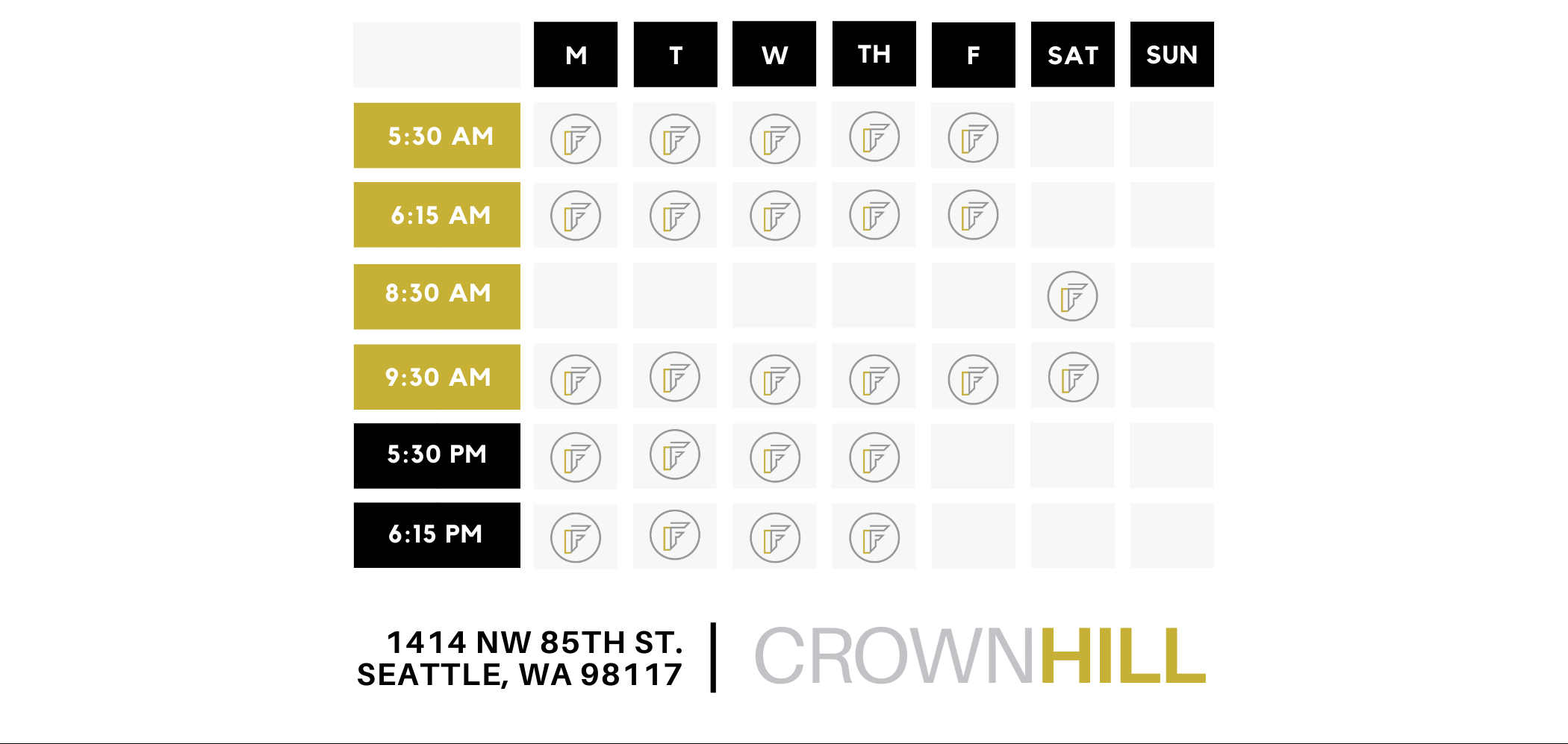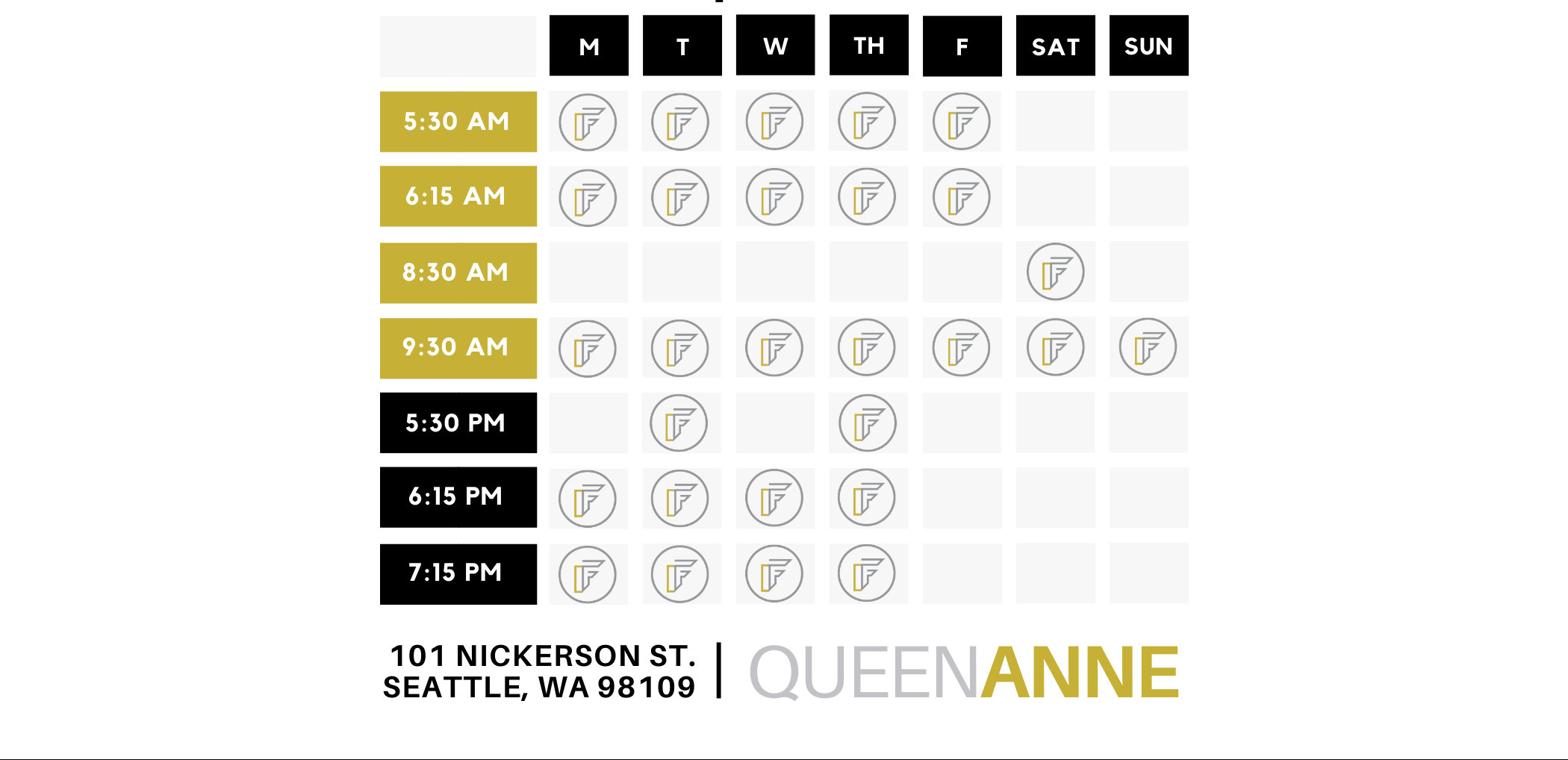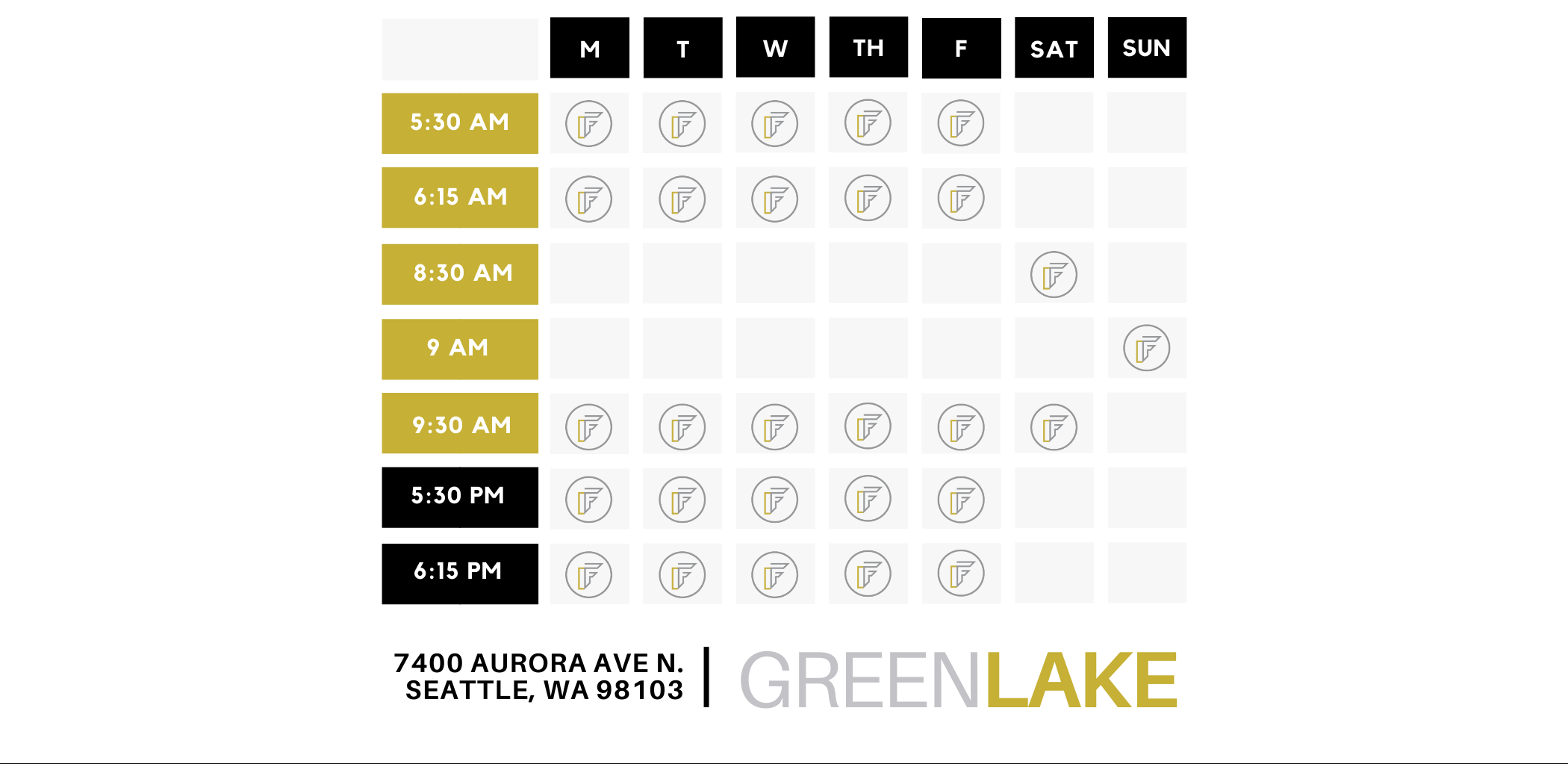If you’ve been working on improving your activity and nutrition with the goal of losing weight, you’ve probably asked yourself this question at least once.
As you probably know, energy (in this case, fat) cannot be created, nor destroyed.
So the question here is – How do your fat deposits transform when you are on a weight-loss diet?
In this article, you’re going to learn more about fat loss and what happens to the weight that disappears from the scale during a successful diet.
Let’s get to it, shall we?
How Do You Lose Weight, Even?
Though many fad diets have taken priority spots in people’s lives, fat loss is mainly about one specific principle, called “Eating in a caloric deficit”.
Your body requires a certain amount of energy to maintain its physiological processes and mass in space.
That amount of energy depends on the following factors:
- Gender
- Age
- Height
- Weight
- Non-training activity
- Training activity
- Food intake
If you consume more energy from food than your body needs to maintain its weight, you will progressively gain weight.
On the other hand, if you consume LESS energy from food than your body needs to maintain its weight, you will LOSE fat.
It’s quite simple and there is no way around it! Every fad diet that makes you lose weight, does so not because of the diet itself, but because of the caloric deficit that it helps you establish.
But Where Does Lost Fat Go?
When you’re in a deficit of energy, your body uses its energy deposits (fat) to compensate for that deficit.
That is to say that during fat loss, your body actually burns off the fat in order to use it for a variety of functions.
When oxidized (burned with the help of oxygen), fat leaves the body in the form of carbon dioxide and water!
That is to say that the two main “exhausts” for lost fat, are:
- The lungs
- The urinary system
In other words, when you lose fat, you exhale the carbon dioxide and then the water gets into your circulation, until it leaves the body as sweat and urine.
How Much Of The Fat Is Water?
Interestingly enough, when you lose fat, most of it comes out as carbon dioxide, through your lungs.
To be precise, about 80-85% of lost fat turns into carbon dioxide, while the other 15-20% turn to water.
For instance, if you lose 10 kg of fat, roughly 8 kg of it comes out through your lungs and the remaining weight is excreted in the form of urine/sweat.
Fun Fact
As a matter of fact, basically everything you consume comes out as carbon dioxide!
The only exception for a nutrient that reaches your colon intact, is dietary fiber, which cannot be absorbed or digested but may help the digestive processes.
Everything else besides fiber is absorbed and then takes exit via the lungs!
Conclusion
Fat loss is simple, yet interesting – It only requires a caloric deficit, but can make your body undergo drastic visual changes over a short period of time.
The process becomes even more interesting when you think about the fact that 85% of the weight that disappears from the scale, takes its exit through your lungs!
If you have any other interesting questions, let us know in the comments below!

















